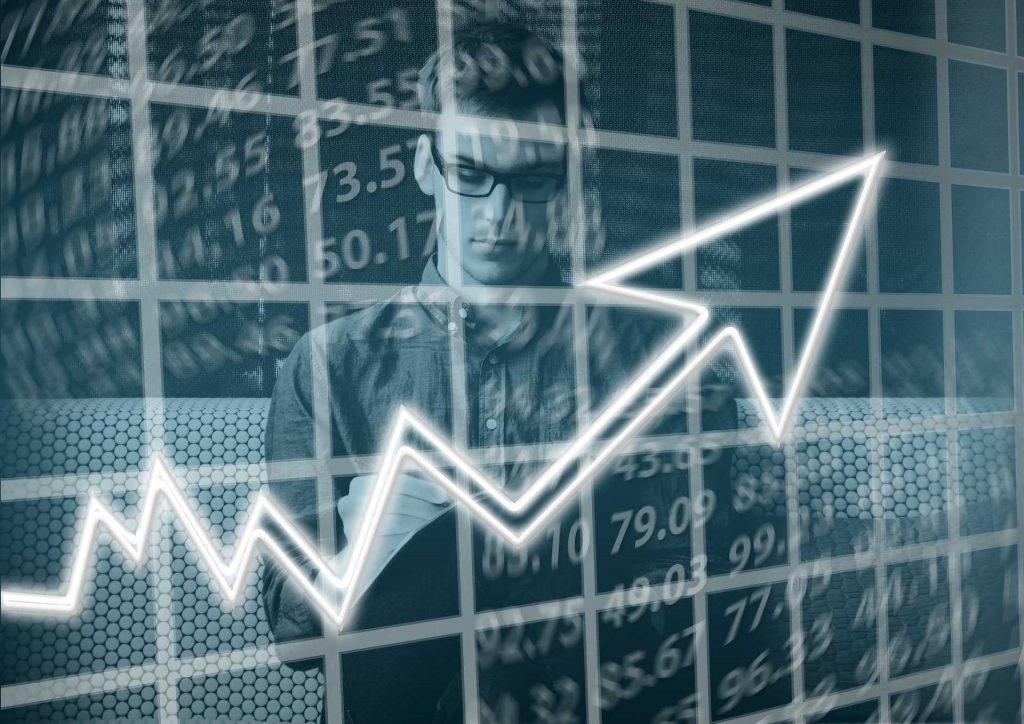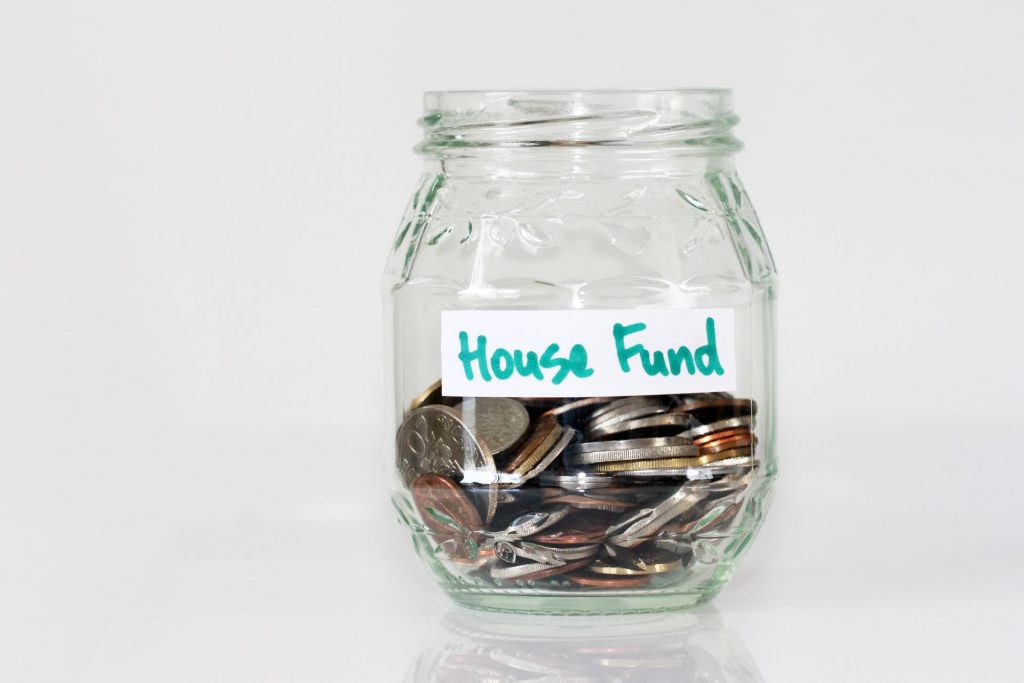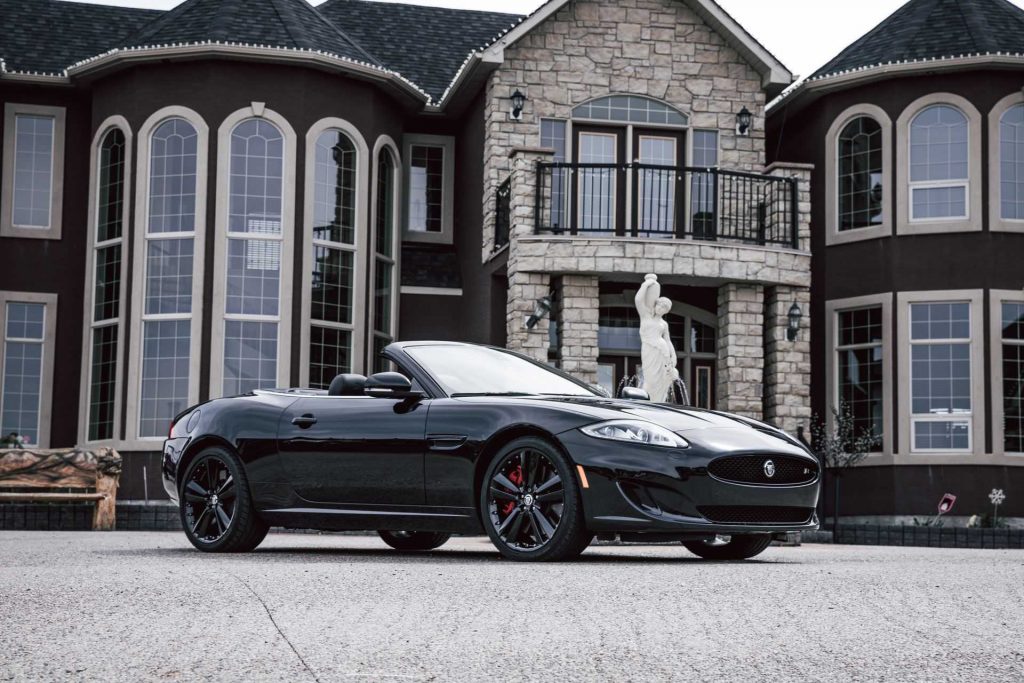
As much as we try to make smart financial decisions, there’s no way that logic and rationalism always win out. The basic principles of behavioral economics are based on a study by Dr. Dan Geller who found that people decide how to spend their money based on one of six economic patterns. Learn more about these patterns and how they affect your spending habits here.
1. Mattress Money
This first principle of behavioral economics refers to a response people often have to their fears during an economic downturn. With a looming recession on their minds, the instinct for self-preservation and survival wins out and people start hoarding money. The spending habits that occur here cause people to shift investments to more liquid accounts that can be withdrawn immediately. During the last recession (2007-2009), 6 out of every 10 dollars in bank savings was Mattress Money. Today, this 60% has risen to over 80% as people fear another crash.
2. Power Play

The behavioral orientation known as Power Play happens during both the decline and recovery stages of an economic depression. With an economy in transition, many people don’t know what to do with their money. Should you spend it or save it for a rainy day? This principle of behavioral economics dictates that you’re caught between impulses. Strive to save during the decline and invest during the recovery.
3. Tiny Treats
When people can’t afford what they really want or they aren’t sure if they should be spending any money at all, they compromise by treating themselves to something smaller. Since they can’t afford a brand new television set or vacation to the Bahamas, people will invest in personal care products and body treatments. These are relatively inexpensive items that still make you feel pampered. In fact, during the last recession, this category was the only one that saw a massive growth in sales.
4. Durable Diet

When the economy is in a recession, people want to save as much money as possible while ensuring their most expensive possessions last longer. Cars, homes, and appliances are put through the wringer, as people won’t spend money to replace failing items until something completely breaks down. A common trend after a recession is a dramatic increase in car sales because people put off buying a new vehicle for years until the economy starts to recover due to the Durable Diet principle of behavioral economics.
5. Rat Race
As soon as the economy starts to recover and expand, people begin to chase after investments again. They want higher interest rates, more returns on their money, and better options from credit card companies and banks. This principle of behavioral economics points towards the financial confidence that comes with a more stable economy. People are willing to take more risks and divert money from savings accounts to stocks where higher risk usually results in greater returns.
6. Castle Craze

Another element of the Rat Race principle of behavioral economics is the Castle Craze. Instead of investing in the stock market though, people turn to real estate. They shift to buying bigger and better homes both as an investment and as a symbol of success. This spending pattern often leads people to overextend their budget just to participate in an exhibition of wealth that may land them in a massive money pit if they can’t manage to keep up with their mortgage.
Have you figured out which of these categories apply to your spending habits? Identify and curb your bad impulses and expand on good ones with help from Cash Factory USA.